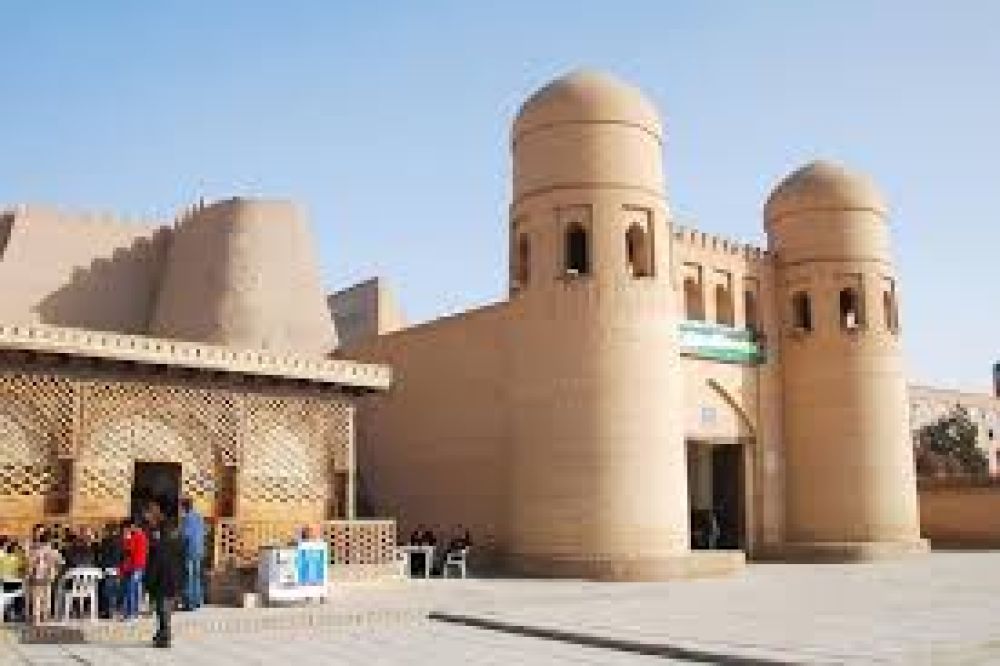

Itchan Kala in Khiva, Uzbekistan, is a walled inner town that serves as the historical heart of this ancient city. It is one of the prime examples of the rich history of Central Asian urban development, encapsulating the architectural and cultural evolution of the region. Khiva itself was once a significant trading post along the Great Silk Road, the extensive network of trade routes that connected the East to the West.
The history of Itchan Kala is deep-rooted, with origins that date back to the 5th century AD. However, it was during the 16th century, when Khiva became the capital of the Khivan Khanate, that Itchan Kala began to flourish as a cultural and commercial hub.
The city's strategic location made it a valuable pit-stop for caravans carrying goods and ideas. The 17th century saw the construction of the walled enclosures that define Itchan Kala today, with bricks replacing an older mud wall. These historic walls have survived to the present and remain a symbol of Khiva's storied past.
Itchan Kala is home to over 50 historic monuments and 250 old houses, many of which have been transformed into museums, exemplifying the city's rich history. Landmarks such as the Kunya-Ark Citadel, the Tash-Khovli Palace, and the iconic Islam Khodja Minaret stand as testament to the architectural brilliance of ancient Khivan artisans.
In 1990, recognizing its cultural significance and exceptional preservation, Itchan Kala was inscribed on UNESCO's World Heritage List. This recognition has played a pivotal role in preserving the site and promoting it as a tourism destination.
In recent years, eco-cultural tourism has gained traction, with travelers seeking authentic experiences. The government of Uzbekistan has been working on improving the infrastructure to support an influx of visitors, keeping sustainable tourism in mind. Homestays and locally guided tours have become increasingly popular, allowing visitors to immerse themselves in the local culture and lifestyle.
The region has seen further growth in tourism owing to the easing of visa regulations for many countries, making it more accessible to international tourists. Festivals celebrating Uzbek culture, such as the Khiva Festival of Traditional Textile Art, also attract many visitors.
Itchan Kala today is not just a historical site; it is a living museum, breathing life into ancient customs and stories. Tourists flock to this ancient citadel to wander its labyrinthine alleys, marvel at its sky-piercing minarets, and bask in the atmosphere of a bygone era preserved in time.
Whether for the history enthusiasts, culture seekers, or the adventurous at heart, Itchan Kala provides a captivating experience – a glimpse into the rich tapestry of Uzbek history, tradition, and hospitality that continues to enchant travelers from around the world.
For those planning to visit Itchan Kala, the ideal times are during the spring and autumn months when the weather is most pleasant. The city is equipped with various amenities for international tourists, including hotels and traditional lodging options inside Itchan Kala itself. English-speaking guides are readily available to provide deeper insights into the city's history.
As Uzbekistan’s travel and tourism landscape continues to evolve, Itchan Kala in Khiva remains a treasured highlight for visitors, promising a journey that is as timeless as the Silk Road itself.